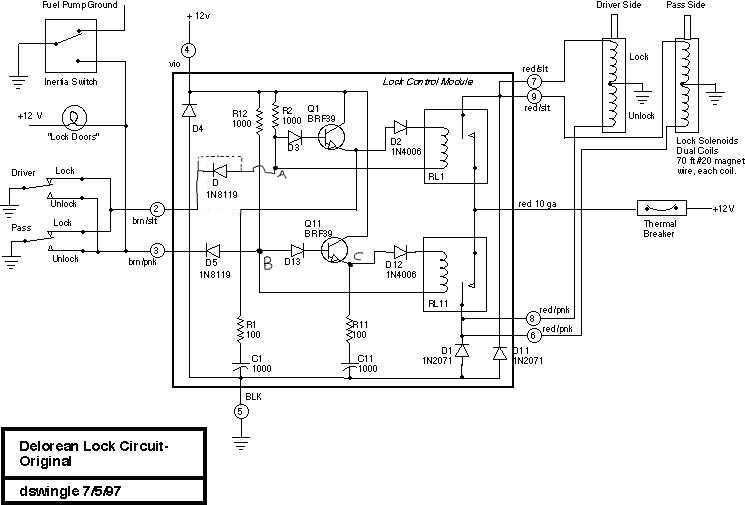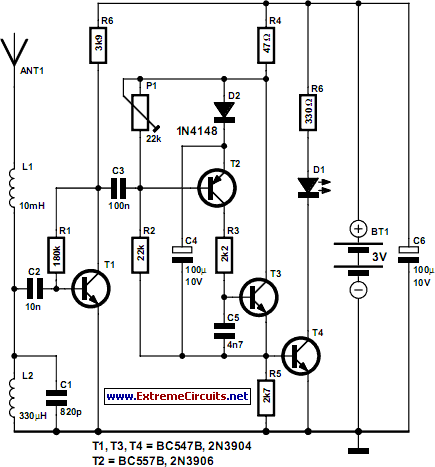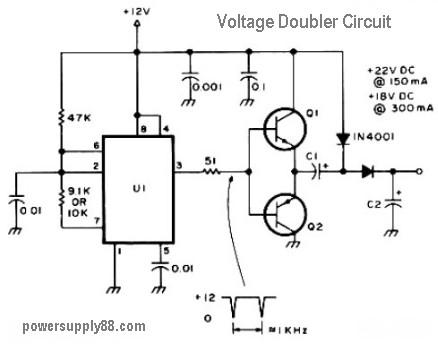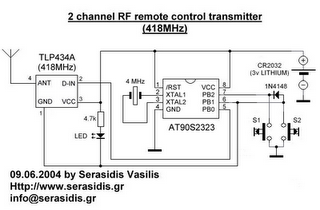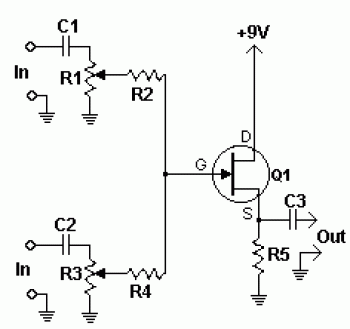
Electrical Circuit For Audi A4 Quattro
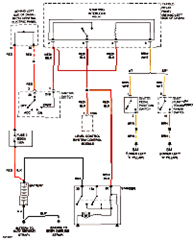
This circuit below shows an electrical circuit applicable for the Audi A4 Quattro 2004 model year. Component: Transmission, Anti-lock Brakes Circuit.
The electrical circuit for the Audi A4 Quattro 2004 model year encompasses critical components such as the transmission system and the anti-lock brakes (ABS) circuit. The transmission system is responsible for transferring power from the engine to the wheels, allowing the vehicle to operate efficiently. It is essential for maintaining optimal performance and fuel efficiency.
The anti-lock braking system is a safety feature designed to prevent wheel lock-up during braking, thereby enhancing vehicle control and stability. The ABS circuit typically includes components such as wheel speed sensors, an electronic control unit (ECU), and hydraulic valves. The wheel speed sensors monitor the rotational speed of each wheel and send this information to the ECU. If the ECU detects that a wheel is about to lock up, it activates the hydraulic valves to modulate brake pressure, allowing the wheel to continue turning and maintaining traction.
In this circuit, the integration of these components is crucial for ensuring that both the transmission and braking systems function seamlessly together. Proper wiring and connections are necessary to facilitate communication between the various sensors and the ECU, which processes the data and executes commands accordingly. Additionally, the circuit may include fuses and relays to protect the system from electrical faults and to ensure reliable operation under various conditions.
Overall, the electrical circuit for the Audi A4 Quattro 2004 model year is designed to enhance both performance and safety, incorporating advanced technology to meet the demands of modern driving.This circuit bellow shows an electrical circuit apply for Audi A4 Quattro 2004 model years. Component: Transmission, Anti-lock Brakes Circuit .. 🔗 External reference
The electrical circuit for the Audi A4 Quattro 2004 model year encompasses critical components such as the transmission system and the anti-lock brakes (ABS) circuit. The transmission system is responsible for transferring power from the engine to the wheels, allowing the vehicle to operate efficiently. It is essential for maintaining optimal performance and fuel efficiency.
The anti-lock braking system is a safety feature designed to prevent wheel lock-up during braking, thereby enhancing vehicle control and stability. The ABS circuit typically includes components such as wheel speed sensors, an electronic control unit (ECU), and hydraulic valves. The wheel speed sensors monitor the rotational speed of each wheel and send this information to the ECU. If the ECU detects that a wheel is about to lock up, it activates the hydraulic valves to modulate brake pressure, allowing the wheel to continue turning and maintaining traction.
In this circuit, the integration of these components is crucial for ensuring that both the transmission and braking systems function seamlessly together. Proper wiring and connections are necessary to facilitate communication between the various sensors and the ECU, which processes the data and executes commands accordingly. Additionally, the circuit may include fuses and relays to protect the system from electrical faults and to ensure reliable operation under various conditions.
Overall, the electrical circuit for the Audi A4 Quattro 2004 model year is designed to enhance both performance and safety, incorporating advanced technology to meet the demands of modern driving.This circuit bellow shows an electrical circuit apply for Audi A4 Quattro 2004 model years. Component: Transmission, Anti-lock Brakes Circuit .. 🔗 External reference

